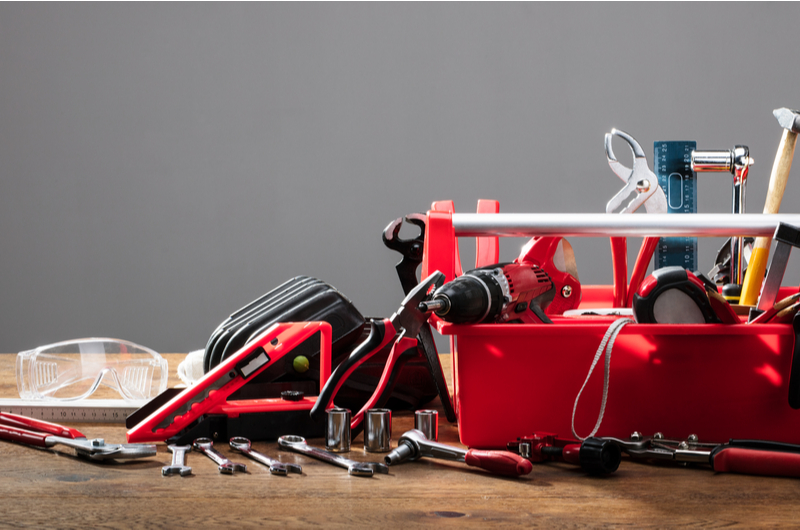What is a Tactical Knife? Well, it is important to determine what the purpose for the knife is prior to anything. Is the knife meant for self-defense? Is the knife for general utility tasks? Is the knife an emergency tool? These questions, along with many more, should be internally asked before any decisions. The purpose, design, ergonomics, materials and size are criteria that are considered for a tactical knife.

Ergonomics
Knife ergonomics are one of the most crucial aspects of a design. Does the knife feel comfortable in your hand? This could be the difference between life and death. Ensuring that your knife feels comfortable during intense situations is a high priority. There cannot be any awkward shapes or feel to the knife that cause an unnatural grip. Consistency is key when switching between front and reverse grip. Ultimately, the goal is for the knife to feel just right with no discomfort of any kind.
Size & Materials
The size of a tactical knife matters a great deal and ties in with ergonomics. A police officer will never carry a large and heavy knife. That would interfere with their ability to maneuver comfortably. They require a knife that is around 8-9 inches in length with the blade at 3-4 inches. A knife that is the wrong size could actually cause more harm than good. This is not to say that larger knives do not have their place, but it depends on the situation at hand. Smaller knives are terrible with certain things while larger ones are more effective.
In terms of the materials that a knife is composed of, it comes down to the blade and handle. Knife experts recommend a stainless-steel blade. You can find quality steel from any credible knife company. The standards have gone up over the years and knife businesses are focused on good to high quality steel. It is advised to avoid cheap knives made in China and Pakistan. They simply are not reliable and are too risky to use.
Handle
A stable handle that won’t absorb moisture is an ideal knife. A stable handle is one that will not shrink or crack. Avoid Kraton, a soft and rubber material that ends up breaking down after a short time. It is attractive at first but is not reliable long-term. Design is still more significant than the material used. You can have the best feeling material for a handle, but if the design is flawed, then so is the knife as a whole.
Fixed Blade or Folder
A fixed blade is generally more durable/stronger than a folder because there are no moving parts. Choosing between the two is a matter of use and preference. First, the purpose should be considered and then that is followed by preference. If you are hiking, maybe a fixed blade is preferred and if you are undercover, a folder.
Carry Options and Reputation
It is vital to be consistent with where you carry the knife. Having the ability to easily and quickly access the knife is crucial. You can keep it in a trouser pocket or in a sheath on the belt. Steer clear of ones that say “Army” or “SWAT” as many of them are low-quality. Finally, you should purchase knives only from reputable manufacturers and dealers. Will they guarantee the product or provide repairs or services? This should be taken into account. Trustworthy companies located in the USA make exceptional tactical knives.